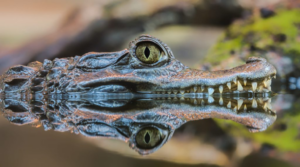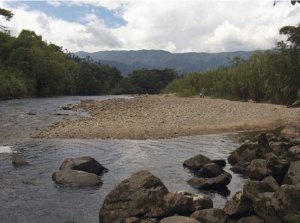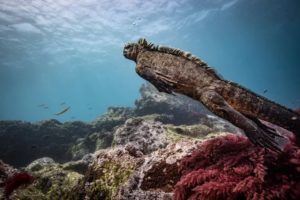Ecuador, renowned for its extraordinary natural richness, unveils one of its most spectacular landscapes—the Andean Bear Corridor. This awe-inspiring ecological corridor sprawls across Ecuador’s Andean expanse, embracing protected havens and distinct ecosystems. It stands as a testament to nature’s captivating allure, showcasing sheer magnificence and beauty to every visitor.
Exploring the Andean Bear Corridor
The Andean Bear Corridor derives its name from the regal spectacled bear, also referred to as the Andean bear or moorland bear. This iconic species stands as one of the region’s most cherished treasures, emphasising the paramount importance of conserving this vital ecological passageway.
The corridor gracefully winds its way along the Andes mountain range, traversing breathtaking terrains, from the highlands of Imbabura province to the peaks of Loja province. Along this journey, visitors are treated to an array of ecosystems, including moorlands, cloud forests, and glacial lakes.

Foto: El oriente
Jewels within the Corridor
Cotopaxi National Park emerges as a standout gem within the Andean Bear Corridor. Nestled within this park is the majestic Cotopaxi volcano, ranking among the world’s highest active volcanoes. Explorers can venture along its rugged trails, witness indigenous flora and fauna, and marvel at the panoramic vistas that unfold.
Sangay National Park, a UNESCO World Heritage Site, further enriches the corridor experience. Safeguarding extensive rainforests, moorlands, and mountain peaks, this sanctuary hosts an extraordinary biological diversity. Among its inhabitants are endangered species like the Andean condor and the mountain tapir.
Cultural Enclaves along the Way
Embarking on a journey through the corridor leads to encounters with enchanting Andean villages. These locales provide an authentic immersion into Ecuador’s vibrant culture. Visitors have the opportunity to engage with local residents, relish traditional cuisine, and appreciate the region’s distinctive handicrafts.

Foto: Santiago R. Ron
Challenges and Conservation
Yet, amidst its splendour and ecological significance, the Andean Bear Corridor grapples with conservation challenges. The encroachment of agriculture, deforestation, and the impacts of climate change pose threats to the delicate balance of this ecosystem. Taking immediate measures is imperative to preserve and safeguard this corridor, ensuring its enduring sustainability. The responsibility lies in securing a future where the Andean Bear Corridor continues to mesmerise and thrive, standing resilient against the challenges that test its ecological integrity.

Foto: El Universo



